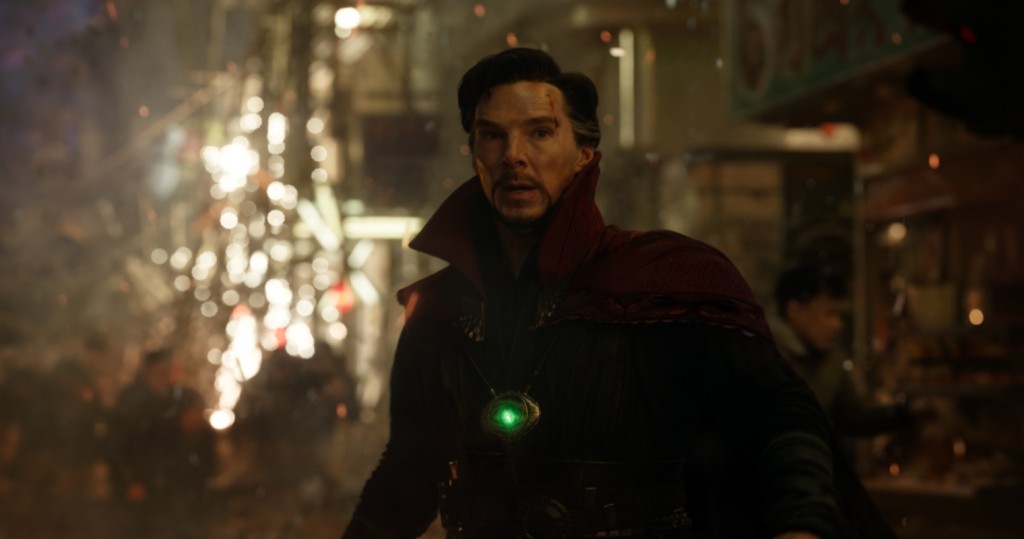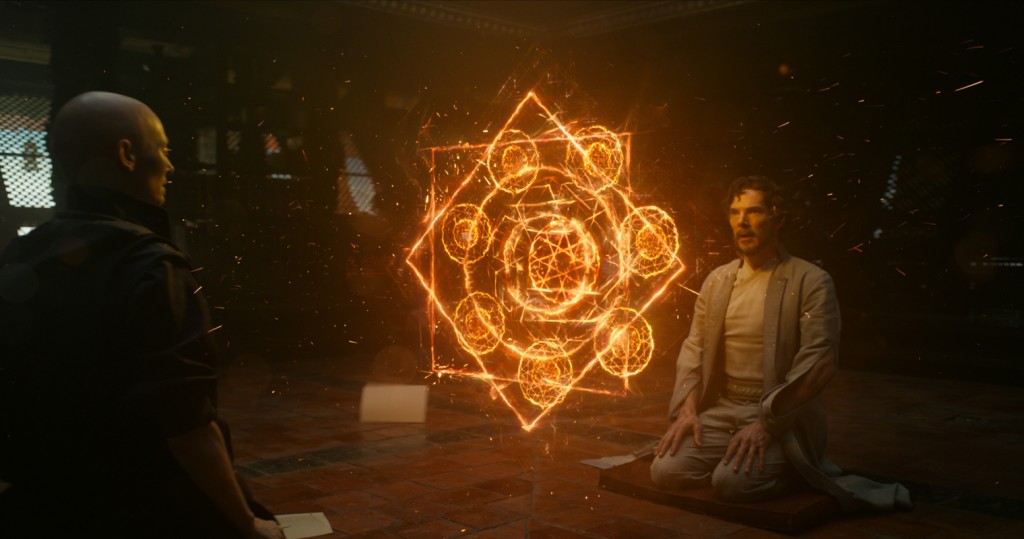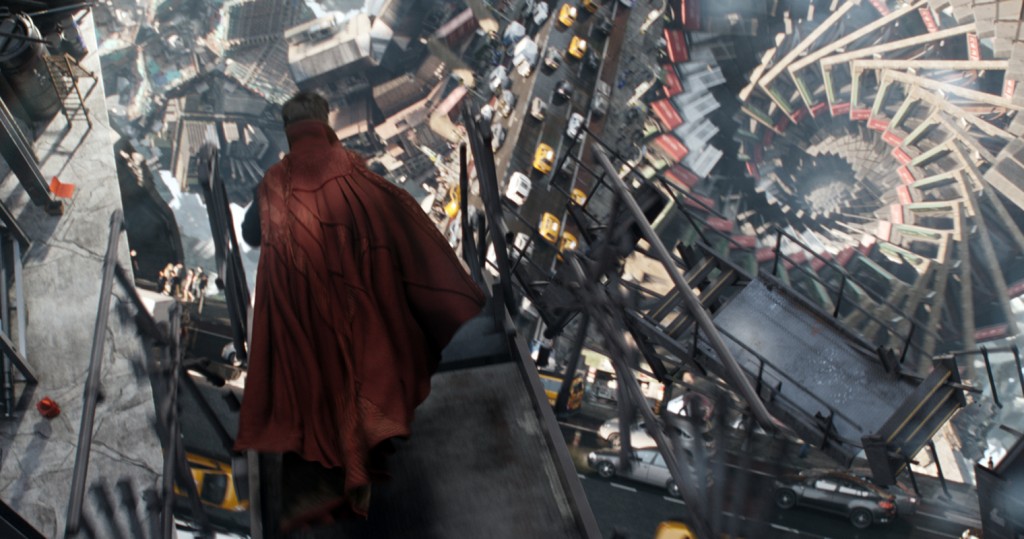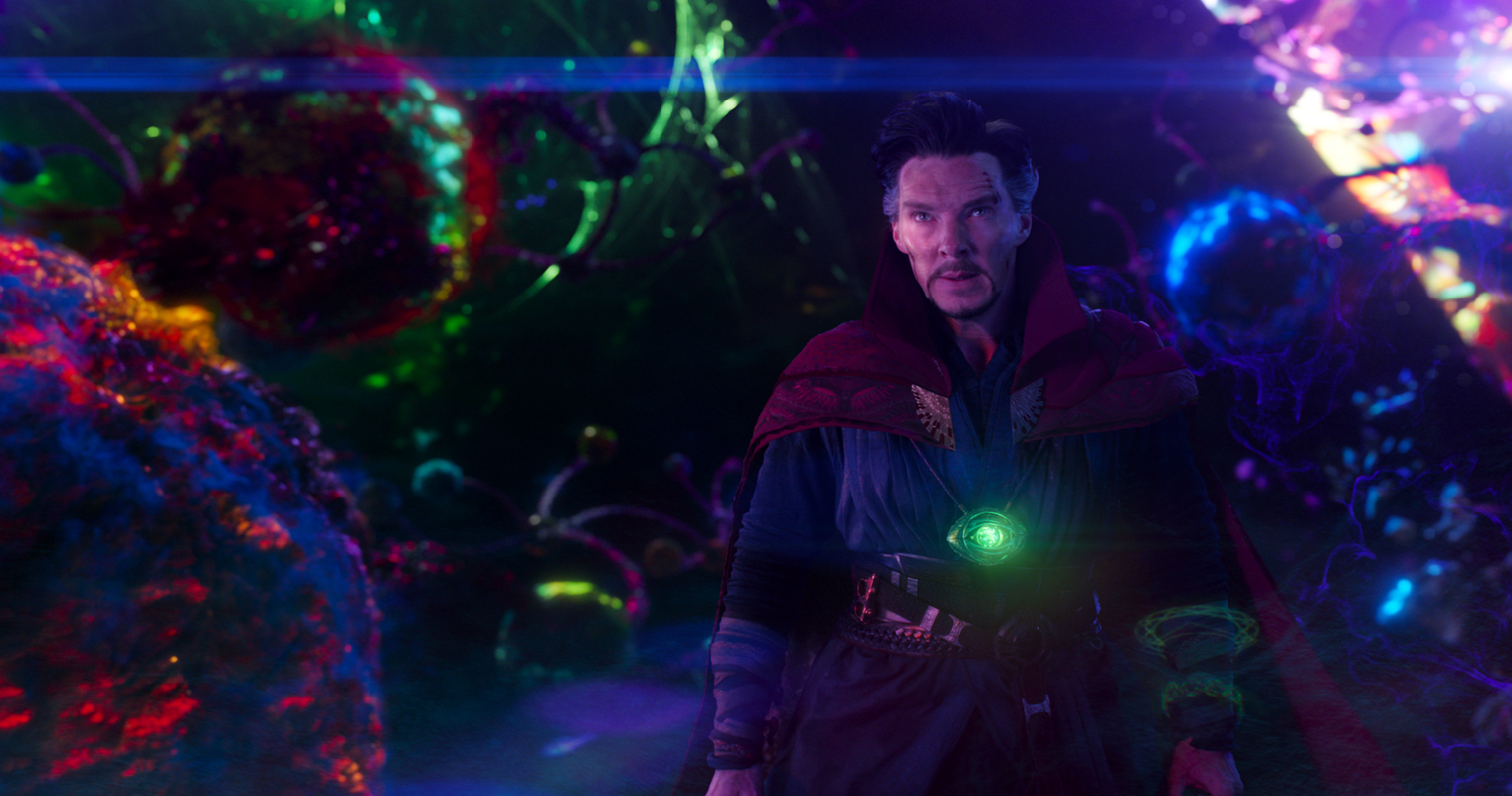Back in 2009, Gaspar Noé’s Enter the Void appeared to herald a new era in psychedelic cinema, where increasing awareness and appreciation of DMT states fused dramatically with rapid advances in visual effects technology, to give rise to a better, more subtle and sophisticated film iconography that transcended the shortcomings of earlier years and got much closer to depicting the actuality of these fugitive and evanescent states. Noé’s lengthy extemporised sequences, involving fantastic voyages through fractal geometries and transmogrifying amoeboid forms, evoked both internal and external space adventure, and for the initiated he very much had it cracked. But despite high critical acclaim in some quarters, Enter the Void bombed at the box office and abjectly failed to kick-start a tryptamine-cinema renaissance. Seemingly by being so completely focussed on the arcane realms of the psychedelic inscape, it was too purist for many, lacked sufficient narrative underpinning and didn’t press enough buttons in the vital area of entertainment as well as enlightenment.
Cut to 2016 and in the latest Marvel blockbuster, the eponymous Doctor Strange – played assuredly by Benedict Cumberbatch – has his rationality and scepticism smashed by shamanic ninja the Ancient One (Tilda Swinton), and after first discovering his astral body, he is then hurtled onto an cosmic roller-coaster ride that more than uncannily resembles Noé’s void. The Doctor whizzes through a world of eidetically coloured planetary bodies, black holes, fractals and kaleidoscopic visions, coming to witness his own fingers sprouting hands whose fingers sprout yet more hands, and so on, and he finally becomes a true believer in alternate dimensionality. And in many other discombobulatingly trippy sequences, using further advanced generations of visual effects and 3D technology, the latest psychedelia fare is once again delivered successfully to the masses – by wrapping it in the entertainment-friendly foil of science fiction.
Dr. Strange Official Trailer
Of course this is a well-worn path, famously blazed by Kubrick’s 2001 and its ‘Star Gate’ sequence, where in the pre-CGI age, space travel was recreated as an acid trip using slit-scan photography, ambitious coloured filters, negative-image and posterisation effects, and film execs hit on a magic formula – to separate the drugs from their effects and ascribe the latter to something else. The various tropes and propensities of science fiction made for an ideal medium in this regard, and when the master of trip-inspired sci-fi, Philip K. Dick, was embraced by cinema, and the new subgenre of cyberpunk got going, the machinations of computers and virtual reality become a core stand-in for the drugs.
Tron, the first notable VR movie, released in 1982, is overtly psychedelic with its bright luminous colours, cascading fractals and dreamy glowing vanishing points. And the Dick-derived Total Recall, though it’s a bit pop art trashy, nonetheless has an intelligent and edgy rationale, adroitly riffing on the ‘hallucination-or-reality?’ theme, where barriers dissolve and you’re never quite sure what belongs on what ontological level – virtual reality and trip reality were never so close. But it was The Matrix that became the apotheosis of the ‘cyberdelic’ movie, combining a heady mix of the biblical, the metaphysical, the illegal-software-as-drugs angle – with references to mescaline and the famous ‘Blue Pill or Red Pill?’ line, harking back to Alice’s Adventures in Wonderland – together with cool floor-length trench coats, designer shades, balletic kung fu fighting and ‘bullet time’ visual effects, where heightened perception enables a slowed-down and enhanced perspective on the ephemeral. On top of that, the movie’s principal theme is that everyday perceived reality is an illusion, and a mind-bending, level-surfing quest is necessary to break free from those bonds and experience the truth – the ultimate reality. In this respect The Matrix evokes the work of John C. Lily and the flawed Ken Russell piece Altered States.

In the twenty-first century, sci-fi-like reality-bending concepts spread more widely into varied movie avenues, giving rise to films such as The Truman Show, Being John Malkovich, Eternal Sunshine of the Spotless Mind, Mulholland Drive and Donnie Darko. Richard Linklater took cyberdelia to the next level with A Scanner Darkly – another Dick adaptation featuring overt drug use and sophisticated visual effects animation to show hallucination and reality disjunction. It was only a matter of time before such promising movie ideation was used in a mega-blockbuster, and that happened in 2010 with Christopher Nolan’s Inception. With its rotating sets, cityscapes curling up in Daliesque defiance of quotidian norms and plunges into deeper and yet more surreal dream-space, it was a significant step towards psychedelia as big-budget adventure-thriller material.
Another major leap happened pretty much contemporaneously, when James Cameron pushed 3D to a new level in Avatar, using strikingly psychedelic storylines and design schemes. In both the shamanic underpinning of Na’vi culture and the Roger Dean-like craggy floating mountains and colourful bestiary, Cameron was making the link between actual drug experiences and the possibilities of new cinematic techniques, presenting a 3D entertainment ride as a vicarious trip. When shortly afterwards Tim Burton made his 3D version of Alice in Wonderland, he went down a similar road, giving us the full palette of saturated trippy colours, fantastic landscapes and digitally-conjured manipulations of scale, all set off magnificently by the mind-altering perspectives of the 3D itself.
After the joys of Avatar and Alice in Wonderland, 3D movies went a bit flat and became far too ubiquitous – 3D seemingly was being used for almost any kind of movie, regardless of whether it was really warranted by the subject matter. Somehow the shock of the new had worn off, and when the latest episodes of big fantasy franchises such as Harry Potter and Pirates of the Caribbean received the 3D treatment, it didn’t add much. Still, 3D was now de rigueur for any fantastic blockbuster, including the popular Marvel superhero series, featuring characters such as Iron Man, the Incredible Hulk, Thor and Captain America. But lurking amongst these familiar, almost anodyne comic book creations was a joker in the pack, less of a household name and more of an enigma regarding super powers – a superhero sorcerer, no less: Doctor Strange. Now the Doctor has undertaken a new mission: to bring back psychedelia into the 3D blockbuster and march onwards from Avatar and Alice in Wonderland, referencing many cyberdelic movies along the way.

Doctor Strange was created in 1963 by writer Stan Lee and artist Steve Ditko, who rendered the Doctor’s world of mystical powers in a most pleasingly psychedelic way, gaining approval from the likes of Ken Kesey and Pink Floyd. In re-imagining the comic strip for film, the production team were keen to retain this feel and to break away from the norm regarding comic book action effects. They looked to surrealist art, German Expressionism and the Möbius strip illusions of artist M C Esher, and concentrated on actualising interdimensionality in screen terms. The results are reasonably impressive, and whilst recalling the protean inscapes of Enter the Void, they hark back to The Matrix with the aerial kung fu in skyscraper settings, and as for the surreal rotating, convoluting and mutating of the urban environment itself, that is straight out of Inception.
In Doctor Strange’s accelerated career change from neurosurgeon to sorcerer, he masters many techniques too quickly, perhaps, for his own good. He sneakily reads forbidden magical texts and uses the amulet, the Eye of Agamotto, to toggle time backwards and forwards and gain access to the Dark Dimension. Deep-ended as fully-fledged sorcerer, he does battle with the baddie Kaecilius and his crew, and in these fight scenes a convincing DMT-like mashing of reality ensues. In the Mirror Dimension, Inception’s curling up of cityscapes is taken several stages further, with components of buildings rippling and toppling like dominos and the city being cut up, William Burroughs-style, into ‘chunks’ which rearrange themselves fractally in aerial space, providing a vertiginous series of platforms for the protagonists to leap around, performing dizzying combat manoeuvres. Here the 3D element fully comes into its own as visual storytelling enabler, bringing to life these impossible permutations and lending them verisimilitude. The same was true for Avatar, where in the flying sequences amongst the floating islands, the 3D rendering of the aerial geometry of movement made for that essential psychedelic wow-factor that simply wasn’t there in the 2D version.
Doctor Strange satisfyingly keeps up the mind-bending propensities as the story progresses. The Doctor outwits the extradimensional dark being Dormammu by using Groundhog Day time looping, and in the finale where Hong Kong is laid waste and restored, time runs both backward and forward for differing elements within the same scenes, which evokes a genuinely trippy sense of awe. Again, like Avatar, the bare bones of the story itself are hardly groundbreaking, but the visual effects surface most certainly is, and Doctor Strange earns a resounding thumbs up for furthering the cause of cinema psychedelic prestidigitation.

2016 also saw Alice Through the Looking Glass, the sequel to Alice in Wonderland, which concocted an overly sentimental storyline and didn’t have Tim Burton directing, all of which produced an inevitable sense of deflation after the trippy aplomb of the first movie. It contained plenty of delirious 3D effects sequences, with swirling cosmic space and oceanic backgrounds, and the flotsam and jetsam of Alice’s memories floating past, but it didn’t quite hit the spot, psychedelic speaking. At the other end of the cinematic spectrum, the high-credibility South American art movie, Embrace of the Serpent gave us a gripping tale of a psychedelic quest, which was both very authentic in setting and quite fanciful in its creation of the fictional botanical treasure, the yakruna plant. The black and white photography was ravishing, as was the compelling rainforest soundtrack, and the use of monochrome opened up the opportunity to ‘go colour’ for the final trip sequence, harking back to Dorothy’s transition in The Wizard of Oz. But that sequence employed none of the VFX sophistication of Doctor Strange, remaining quite charmingly retro, even quaint.
So psychedelic cinema ticks on, in all its guises, and no doubt after the high point of this first Doctor Strange movie, complete with origin story, the Doctor will inevitably get mixed up with Iron Man and Thor, and the trippy magic will become attenuated and diluted…or maybe not. However while you can, this is a movie which is worth the price of admission – and the extra for those 3D glasses.















